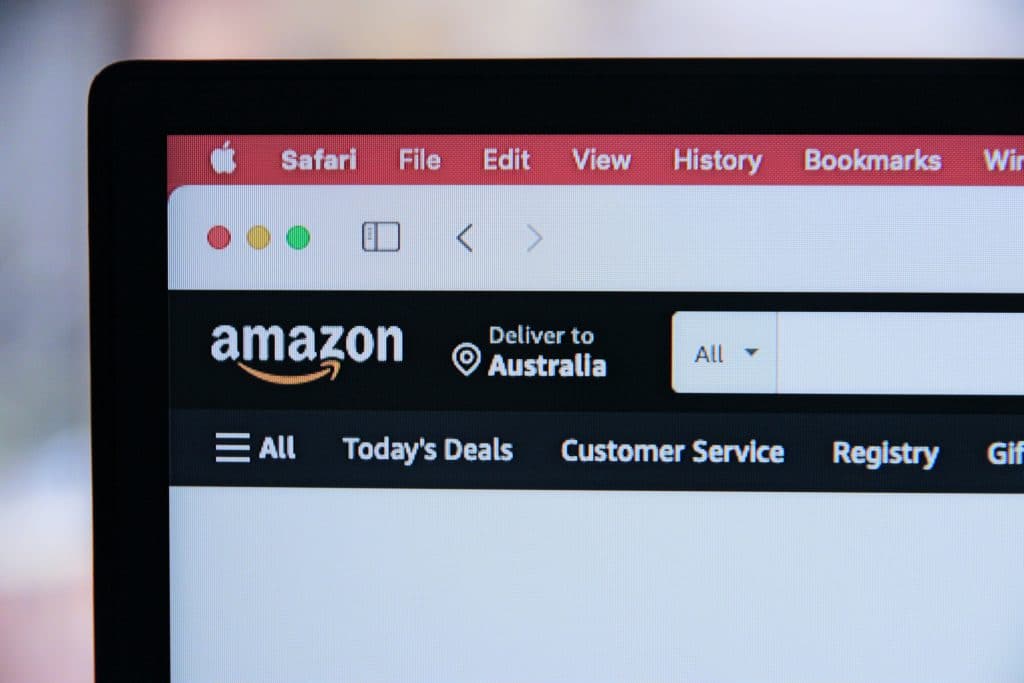Seller Store Analysis
Retrieve full seller storefront listings with deep granularity (item-level attributes) in real time
- Seller store analysis was created to retrieve seller storefront listings with deep granularity into the product listing variants.
- These real-time store insights are typically used for discovering item-level product attributes by each seller.
- Marketplaces can target the right sellers to their channels based on their inventory.
- Enterprises and brands can also conduct market and product research for business development.

Industry Types

Marketplaces
Complete solution from catalog integrity and assortment to seller onboarding and more

Brands
Access real-time visibility into market share down to SKU-level and build a strong reputation
Why Clusterfor Seller Store Analysis?
More Variants
Pull a complete list of products for the chosen Seller Storefront with up to 0.5M items per storefront (including product variants).


Flexibility
The date of last updated listing can be set to as early as 7 days prior to the API call and the list can be retrieved as either a CSV file or JSON.
Deep Granularity
The granular output per product includes the identifier (i.e. AID, ASIN, UPC, EAN, etc.), Price, Brand, Title, Image URL, Leaf and Root Categories.


Easier Onboarding
The seller store analysis helps ease and speed up the seller onboarding process by simply uploading the storefront via an Amazon store URL if available.
Best Practices for Seller Store Analysis
This requires the unique identifier of the seller. A seller ID (or sometimes called merchant ID) is a publicly available ID number that identifies a storefront and the products sold on Amazon and is unique to the region. This can be sourced from the Amazon webpage as a string of numbers usually found in the products or storefront URL. (The Seller ID appears as “me=[your ID]”.) Alternatively, the seller ID can be sourced by using the Buy Box Owners API.

Technical Overview
Store Listings API
to retrieve seller storefront listings

Buy Box Owners API
to retrieve seller ID if needed
FAQs
The maximum amount of Amazon storefront listings that can be retrieved is limited to 2,400 items. However, with the addition of variations and the listings that do not appear in the seller storefront, the number of listings associated with the seller can reach up to 0.5M products. Note: This version currently supports only Amazon US stores.
If the product details are being requested, additional attributes will be retrieved: Brand, Title, Image URL, Leaf Categories, and Root Categories. If this parameter hasn’t been sent, the data that will be retrieved for each listing is the ASIN, price, and last updated date.
Cluster tracks real-time data for its APIs. However, if the store listings have not been called from the Cluster database, the results will show no listings exist until a background process extracts the seller’s store data, and prepares the data for the API call. This guarantees the most updated seller store data.
